You can use CAGradientLayer as following.
gradientLayer = [CAGradientLayer layer];
gradientLayer.frame = baseView.bounds;
gradientLayer.startPoint = CGPointMake(0.5,0.0);
gradientLayer.endPoint = CGPointMake(0.5,1.0);
gradientLayer.locations = @[@(0.0), @(0.2), @(1.0)];
gradientLayer.colors = @[(id)[UIColor colorWithWhite:1.0 alpha:0.9].CGColor,
(id)[UIColor colorWithWhite:1.0 alpha:0.3].CGColor,
(id)[UIColor colorWithWhite:1.0 alpha:0.0].CGColor];
[baseView.layer addSublayer:gradientLayer];
CAGradientLayer supports several properties to make natural gradient, such as setting gradient direction by startPoint and endPoint, changing color curve by locations and colors.
You also make a transparent effect by using alpha channel of color.

